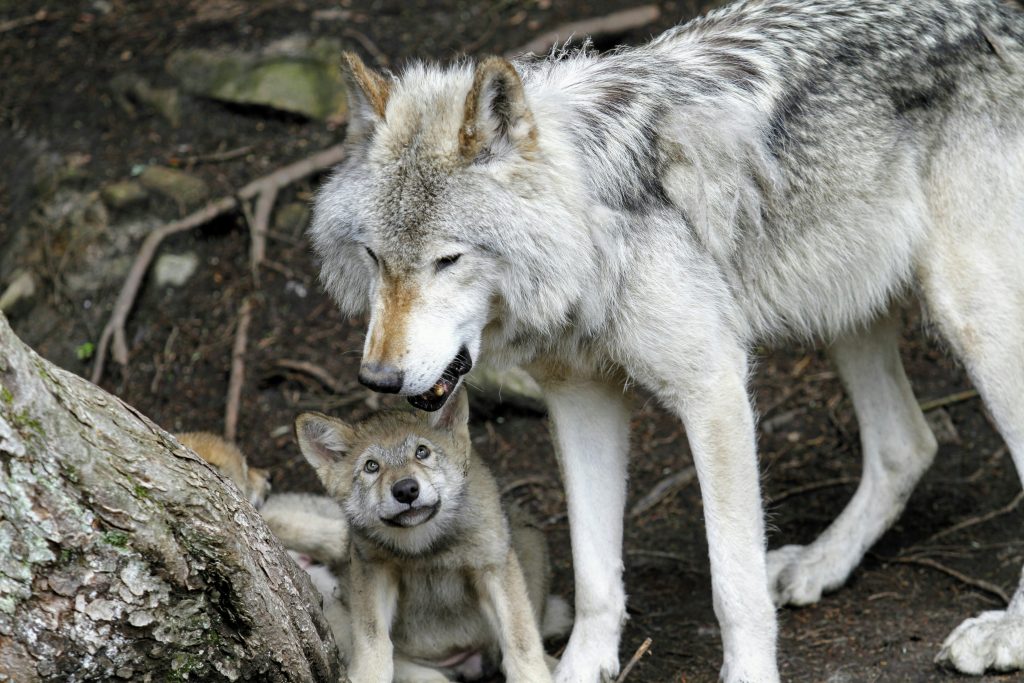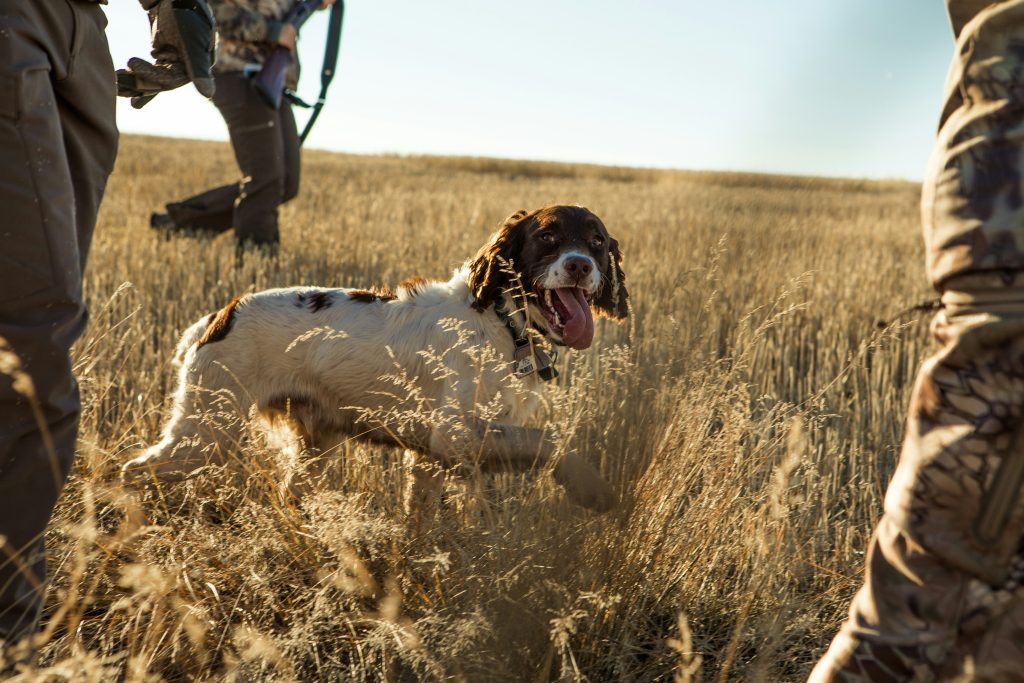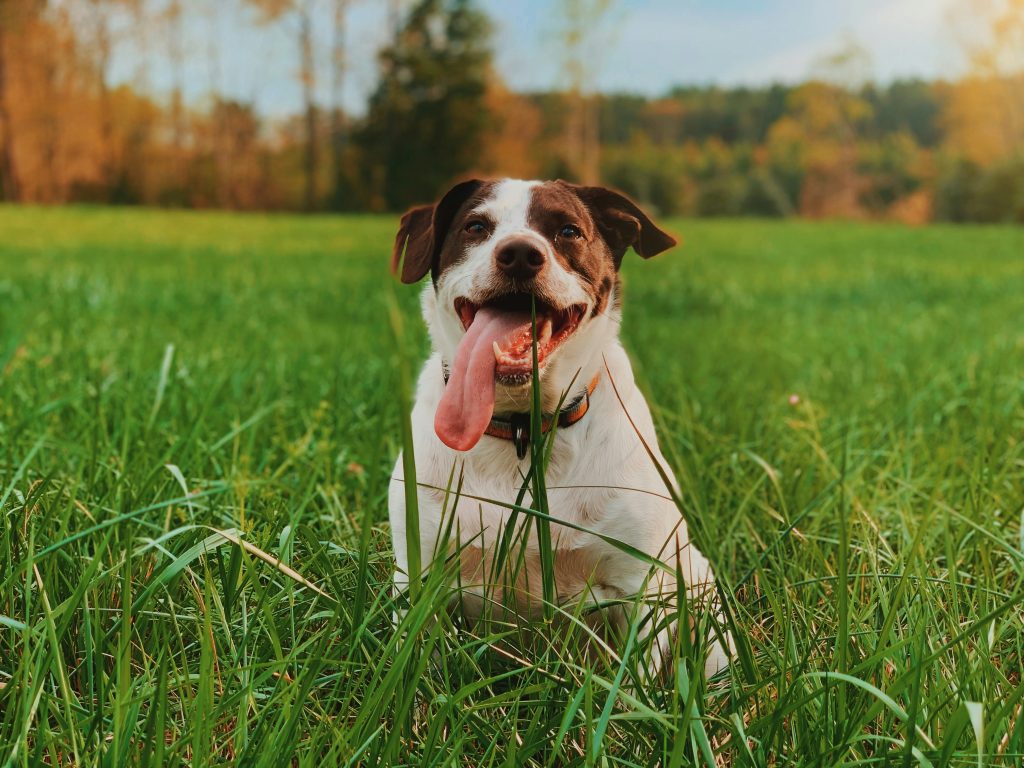The article explores the origins of dog domestication, discussing the behavioral differences between dogs and wolves, tracing the earliest attempts at intentional selection, providing insight into the genetic makeup of dogs, highlighting the role of dogs in human history, and discussing the mutual relationship between people and dogs.

Dog Behavior: Wolves vs. Dogs
The differences in behavior between dogs and wolves provide fascinating insights into the domestication of dogs. For example, researchers at the Wolf Science Center in Austria have conducted studies revealing that wolves retain a level of independence in their mind and behavior that is quite distinct from that of dogs. This independence is evident in their response to commands, with wolves not reacting to verbal cues such as “No!” in the same way that dogs do, highlighting the contrast in their behavioral traits.
Moreover, the pack structures of wolves and dogs differ significantly. Wolves operate within a non-egalitarian pack structure, where there is a clear hierarchy and specific roles within the pack. In contrast, dogs exhibit a dictatorial pack structure, with a clear leader and followers. This distinction in social behavior between wolves and dogs is a significant factor in understanding the process of dog domestication and the behavioral adaptations that have taken place over time.
By delving into these behavioral disparities, researchers gain a deeper understanding of the evolutionary journey that led to the domestication of dogs. These insights not only shed light on the historical relationship between humans and dogs but also provide valuable context for comprehending the unique bond that has developed between these two species.
Tracing the Origins of Dog Domestication
The domestication of dogs likely occurred prior to the agricultural revolution when humans were still hunter-gatherers. This early domestication period was marked by the first known attempt at intentional selection, which took place at a site in Denmark around 8,000 years ago. This intentional selection was a crucial turning point in the evolution of dogs and provided the foundation for the diverse behaviors and traits seen in domesticated dogs today.
Moreover, the circumstances during early domestication were not favorable for the dogs. Despite the challenges, dogs played vital roles in the lives of early humans, providing assistance in hunting, herding, and serving as camp sentinels. Their relationship with humans was symbiotic, and they were revered and given elaborate burials, indicating the significant impact of the human-dog bond. The shift in attitude towards dogs had a profound effect on their evolution, shaping their genetic makeup and behavior over time. Understanding these historical dynamics sheds light on the intricate relationship between humans and dogs and the factors that influenced the domestication process.
The complex interplay between human behavior and the domestication process provides crucial insights into the origins of dog domestication and the evolutionary trajectories of dogs. By examining the earliest known attempts at intentional selection, the circumstances surrounding early domestication, and the profound effect of human attitudes on the evolution of dogs, researchers gain a deeper understanding of the intricate bond between humans and dogs and how it has shaped the evolution of one of the earliest domesticated animals. [1]

Genetic Makeup of Dogs
The genomic analysis of dogs has not only shed light on their origin but has also unraveled their evolutionary trajectories, providing valuable insights into the complex process of dog domestication. By examining the genetic makeup of dogs, researchers have found evidence suggesting that multiple ancestral wolf populations have contributed to the emergence of dogs as a distinct species. This revelation challenges the notion of a single domestication event and points to a more intricate and diverse evolutionary history for dogs.
Furthermore, the genetic composition of dogs is closely intertwined with their dietary changes and adaptation to various environments, which has played a pivotal role in their rapid evolution. For instance, specific genes such as ASIP, MC1R, and CBD103 have been identified as influential factors contributing to the striking diversity of coat patterns observed in dogs. Moreover, the inheritability of behavioral traits in dogs has been linked to genetic markers like CDH2, associated with aggression, and AMY2B, contributing to starch digestion, providing a deeper understanding of the genetic underpinnings of canine behavior.
Additionally, the accumulation of deleterious mutations resulting from intensive artificial selection and breed purification has been a focal point in understanding the genetic landscape of dogs. This phenomenon underscores the significant impact of human-driven selection practices on the genetic diversity and health of domestic dogs, highlighting the intricate interplay between human influence and the genetic makeup of this remarkable species. These findings underscore the complexity of the genetic factors influencing the traits and characteristics that make dogs such diverse and beloved companions to humans.
Dogs in Human History
Dogs have been an integral part of human history, playing a pivotal role in the settlement of the Americas by early humans. These early dogs provided crucial services such as hunting, herding, and protection, contributing to the survival and sustenance of human communities. For instance, the utilization of dogs in hunting expeditions facilitated the procurement of food, while their herding abilities assisted in managing and safeguarding livestock. Additionally, the protective instincts of dogs served as an early warning system, alerting humans to potential threats and intruders, thereby enhancing the safety and security of early settlements.
Furthermore, the lineage of the earliest North American dogs can be traced back to ancient European or Asian dogs, shedding light on the historical movements and dispersal patterns of dogs alongside human populations. This genetic evidence not only highlights the close association between humans and dogs but also provides valuable insights into the migratory patterns and interactions of ancient human societies. The co-evolution of humans and dogs, shaped by mutual reliance and companionship, has been a defining feature of their shared history, influencing cultural, social, and even biological developments over millennia.
The evolving relationship between humans and dogs has had a profound impact on their shared history, underscoring the intricate interdependence between these two species throughout human history. As companions, workers, and guardians, dogs have left an indelible mark on the human narrative, contributing to the success, resilience, and cultural richness of societies across the globe.

The Mutual Relationship Between People and Dogs
The mutual relationship between people and dogs has played a pivotal role in the successful dispersal of dogs across the globe. This unique bond has been shaped by the convergence of early genetic histories of humans and dogs, particularly in regions like Siberia and Beringia, where the initial domestic relationship between humans and wolves likely took place. This mutual relationship has not only contributed to the global spread of dogs but has also significantly impacted the evolutionary trajectories of both humans and canines.
One compelling example of this mutual relationship is evident in the settlement of the Americas by early humans, where dogs played an essential role. As early humans ventured into new territories, dogs provided crucial services such as hunting, herding, and protection, ultimately aiding in the successful settlement of these new lands. Furthermore, the lineage of early North American dogs from ancient European or Asian dogs emphasizes the historical partnership and shared journey of humans and dogs across continents. This exemplifies how the mutual relationship between humans and dogs has been instrumental in shaping the evolutionary paths of both species and their global dispersal.
